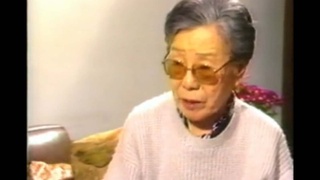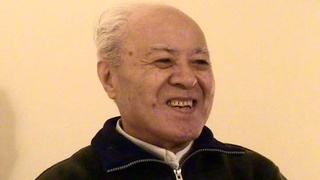Interviews
Checking in with Immigration once a month
When we came out of camp, we had to check in (immigration) every month. Every month, take a day off, my sister took a day off work, Sumi, took Jimmy, George and myself there. Of course, we never drove there, we took a bus, it felt like forever to get there. So the whole day is spent there. You go there, you wait, there's hundreds of people. Several hours later, you get in, you register and you go back home.
Another side thing is our family has motion sickness, so even taking the bus, we get motion sickness, we're that sensitive. It's our eye-ear, all that. So we had to get off several blocks before we got home to walk home. But those days were just grueling because... you know.
Date: September 20, 2019
Location: California, US
Interviewer: Tom Ikeda and Yoko Nishimura
Contributed by: Watase Media Arts Center, Japanese American National Museum and Denshō: The Japanese American Legacy Project.
Explore More Videos

Reason to come back to Canada in 1954
(b. 1922) Canadian Nisei who was unable to return to Canada from Japan until 1952

Impressions from interviews with Issei women (Japanese)
Tsuda College President, researcher of Nikkei history

The differences between Japanese women who emigrated from Japan and those who did not (Japanese)
Tsuda College President, researcher of Nikkei history

Interest in Japanese migration studies (Japanese)
Tsuda College President, researcher of Nikkei history

History of her family's immigration (Spanish)
(b. 1969) Former president of Centro Nikkei Argentino.

Moving to and living in Japan
Japanese American Creative designer living in Japan

The reason to stay in Japan after his third year
Japanese American Creative designer living in Japan


The various realities of Nikkei in Latin America (Spanish)
(b. 1950) Nisei Chilean, Businessman

Reasons for immigrating to Brazil (Japanese)
Issei, Pioneer of women's education in Brazil


Initial struggles with the language barrier (Japanese)
(b. 1917) Okinawan, Issei Argentinean

Decided to leave Japan to Argentina (Spanish)
(1925-2014) La Plata Hochi, Journalist

Tango makes him to stay in Argentina (Spanish)
(1925-2014) La Plata Hochi, Journalist

